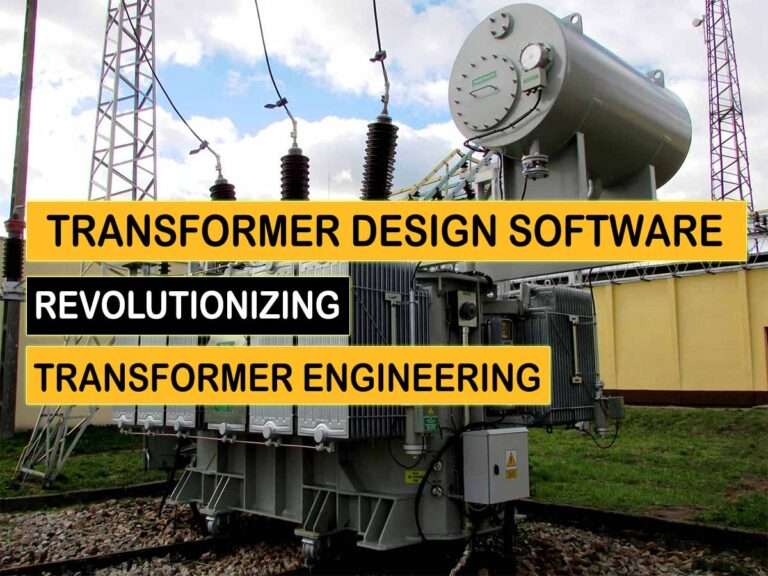Earth Fault Relay vs Overcurrent Relay: Key Differences, Working & Applications
Electrical systems require protection to ensure safe operation and prevent equipment damage. Among the most common protective devices are earth fault relays and overcurrent relays. Understanding the differences between these relays is essential for engineers, technicians, and students. This article explains the earth fault relay vs overcurrent relay in detail, covering their operation, applications, and settings.

Table of Contents
What is an Earth Fault Relay?
An earth fault relay is a protective device that detects current leakage to the ground. Leakage can occur due to insulation failure, moisture, or faults in electrical wiring. When the leakage current exceeds a preset threshold, the relay trips to isolate the faulty section.
Earth fault relays are commonly used in:
- Transformers
- Motors
- Generators
- Distribution panels
They ensure safety and prevent damage to equipment by quickly disconnecting the faulted part of the system. Know more about alternator protection scheme
What is an Overcurrent Relay?
An overcurrent relay protects electrical circuits from excess current. It operates when the current exceeds a predefined limit, regardless of the fault type. Overcurrent relays can be classified into:
- Instantaneous Overcurrent Relay: Trips immediately when current exceeds the set value.
- Time-Delayed Overcurrent Relay: Trips after a set time delay to allow short-duration surges.
Overcurrent relays are widely used in feeders, transformers, and motor protection.
Read in detail about types of transformer protection relays
Key Differences Between Earth Fault Relay and Overcurrent Relay
| Feature | Earth Fault Relay | Overcurrent Relay |
|---|---|---|
| Function | Detects current leakage to the ground | Detects current exceeding normal load |
| Fault Type | Earth or ground fault | Overload and short circuit |
| Sensitivity | Very sensitive to small leakage currents | Less sensitive to small leakages |
| Time Delay | Adjustable to prevent nuisance tripping | Can be instantaneous or time-delayed |
| Typical Use | Insulation monitoring, transformer protection | Motor, feeder, and cable protection |
| Current Measurement | Measures residual or zero-sequence current | Measures phase current |
Working Principle of Earth Fault Relay
Earth fault relays operate by measuring the difference between phase currents. In a healthy system, the sum of currents in three phases is zero. If current leaks to the ground, this balance is disturbed. The relay detects the imbalance and trips after a set time delay.
Formula for Earth Fault Current:

Where:
- (I_A, I_B, I_C) = phase currents
- (I_EF) = earth fault current
Uncover insights on high impedance protection
Working Principle of Overcurrent Relay
Overcurrent relays measure the actual current flowing through a circuit. If the current exceeds the relay’s rated value, it operates. The time delay can be inverse, meaning higher currents trip the relay faster.
Inverse Time Characteristic Formula:

Where:
- (T) = operating time
- (I) = fault current
- (I_s) = relay setting current
- (k, n) = relay constants
This formula ensures selective protection and coordination with other devices.
Applications of Earth Fault Relay
Earth fault relays are mainly used where detecting insulation failure is critical. Key applications include:
- High-voltage transformers to prevent insulation damage
- Generators to monitor ground leakage
- Industrial motors for earth fault protection
- Distribution systems for enhanced safety
They are particularly effective in systems where leakage currents are small but dangerous.
Applications of Overcurrent Relay
Overcurrent relays are versatile and widely used for general protection. Typical applications are:
- Feeder protection in distribution networks
- Transformer and generator protection against overloads
- Motor protection to prevent overheating
- Short-circuit protection in electrical panels
Overcurrent relays are reliable for both low and high fault currents.
Find out more about transformer differential protection
Coordination Between Earth Fault and Overcurrent Relays
In complex electrical systems, both relays are often used together. Proper coordination ensures that:
- Earth fault relays trip for leakage faults
- Overcurrent relays trip for overloads or short circuits
- Nuisance tripping is minimized
- Critical equipment remains protected
A typical coordination involves setting time delays and current thresholds for both relays to operate selectively.
Conclusion
Understanding the difference between earth fault relay vs overcurrent relay is essential for designing safe electrical systems. Earth fault relays detect leakage currents to the ground, while overcurrent relays respond to excessive phase currents. Both relays complement each other, providing complete protection to equipment and personnel. Correct settings, including time delay and sensitivity, ensure reliable and efficient operation. Explore details on IEC Standard for Differential Protection
Follow Us on Social:
Subscribe our Newsletter on Electrical Insights to get the latest updates in Electrical Engineering.
#EarthFaultRelay, #OvercurrentRelay, #RelayProtection, #ElectricalEngineering, #PowerSystemProtection, #ElectricalRelays, #CircuitProtection, #IndustrialAutomation, #ElectricalSafety, #RelayDifferences





